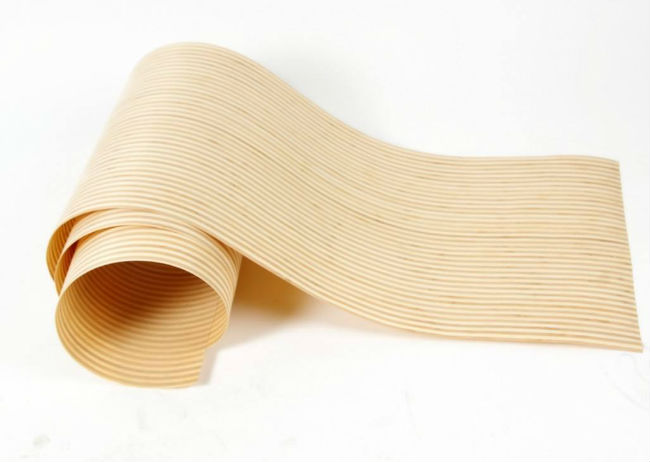Bamboo Veneer & Joinery Techniques: Why the Beginning Matters?
Whether by word of mouth publicity or firsthand experience, bamboo has slowly made into the hearts, as in the homes of most people. After all, very few materials would be as durable, flexible, tough and most importantly, cost-effective a choice. Just that the plant (if you talk about the ‘Moso’ variety) needs barely 5 years in all to grow full, which is also short a cycle compared to its wood counterparts. The growth rate of bamboo is so rapid that the foliage is spreads is vast and often requires a cut at shorter time intervals.
Now before you finalize on getting bamboo veneer for fittings, floorings or furniture of this plant, it’s important to know how the joints are made and the techniques employed for the same.
Basic principle of joints
Prior to moving into the veneer extraction process, know certain aspects about joining techniques:
Firstly, stay away from green and freshly curt bamboo. The plant needs to be made completely dry before you use it for construction purposes (so air-dry it). The bamboo diameter usually shrinks at the time of drying process. If this plant is used for joinery, then there will be weak and lose joints likely to crumble in a few weeks’ time.
Many make the mistake of cutting it within 3 years of the bamboo harvested. Try to use mature bamboo only that spans 4-6 years of age.
Bamboo when infested by insects (like powder beetle) is dangerous. If you think of using it, it can poses graver issues. So cure it with a boron mix and right after you have harvested, or else bamboo veneer will also be low-grade.
In much the same way, flourished bamboo is also a strict no-no. But having said that, the plant flourishes only once in a lifetime (like 60-120 years).
Using bamboo poles with profound vertical cracks is another major problem. So only make the best cuts and joints at the time of building.
The right diameter and wall thickness matters when bamboo is used for any project. Conventional wood nails in joinery made of bamboo can spell disaster as they are likely to cause the plant to split from between or sides. Think of alternatives like steel, nylon, vegetal cord of the same diameter.
When using bamboo with a column, ensure the lower part that connects with the surface ends with a node. The bamboo can splinter if it’s struck (when positioning the column).
If the bamboo poles are connected using bolts, try and do that in between two nodes as that lessens chances of the bamboo crushing.
Using bamboo nodes
For construction purposes, bamboo nodes play an important factor. The columns or beams usually have a node at both ends or at least close towards the ends. One thing that must be known is that the node if situated elsewhere can exert pressure on the joint and that can crush the bamboo.
Sadly, most bamboo plants are found without both end nodes at the right place. The best thing to do would be inserting a wooden cylinder of the right diameter or a proper piece of bamboo with a node.
Bamboo Joinery techniques
The art of asking ‘aesthetically pleasing’ bamboo joints is a very complicated process, since the plant is hollow, not of a perfectly circular shape and has nodes at different distances. So one needs to keep in mind these constrains when designing.
Actually, most traditional joinery techniques suffer on grounds of weakness or deformation and the strength of the culm of the plant is lost. So prior to utilizing the plant in modern architecture or getting bamboo veneer, the joining systems’ issues need to be resolved.
Some common techniques to evade difficulties are:
- Using of dowels and anchors in bamboo joinery
- Putting in double or quadruple bamboo rafter supports
- Joining and fixing bamboo poles
- Splicing bamboo poles
With these and more, the joining techniques will certainly be stronger and sturdier. Just remember that obtaining bamboo veneer also depends on how the bamboo plant has been harvested and the result will only be there for all to see after it’s used. But keep in mind to give some time and not make a hasty decision.



 皖公网安备 34180202000049号
皖公网安备 34180202000049号